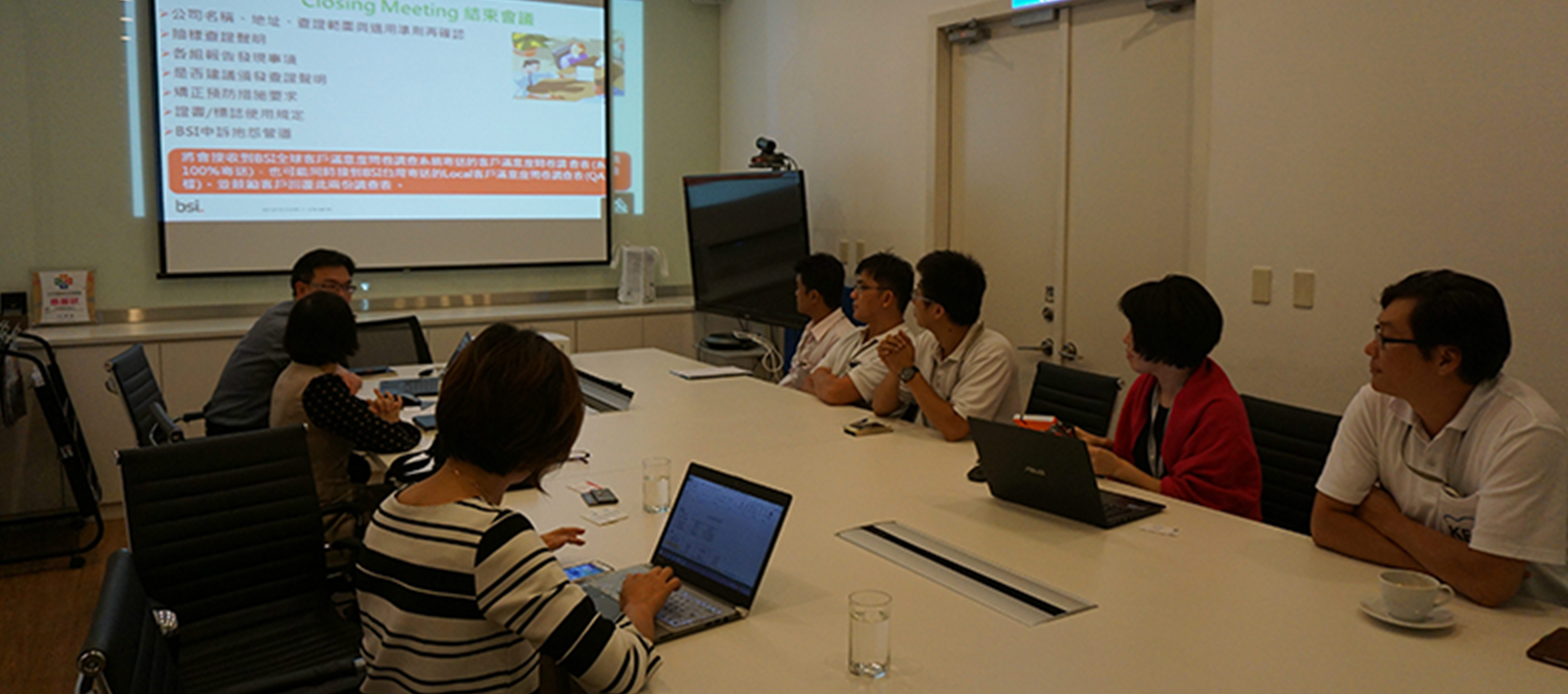
2015 Case Studies of Carbon Footprint and GHG Inventories for Taiwanese MICE Service Providers
In 2015, a greenhouse gas inventory analysis was conducted for the Kaohsiung Exhibition Center (KEC), a MICE venue located in southern Taiwan. The construction was completed in October of 2013 and it received 7 certifications under the Green Building Label. Since 2014, the KEC has been operated by Kaohsiung Exhibition Center Co., an affiliate of Uniplan Group.
In May of 2015, KEC conducted an ISO 14064-based GHG inventory for the year 2014; the results showed it emitted 2,819.798 metric tons of CO2e, and was awarded with the ISO 14064 certification in July of 2015. The primary source of emission was carbon dioxide (CO2) caused by electricity consumption during exhibitions and by its public utility systems. The annual inventory process/report has promoted KEC to formulate relevant supporting programs to further reduce its greenhouse gas emissions.

Organized by National Taiwan University‘s Graduate Institute of Environmental Engineering, the "ISWA Beacon Conference: 3rd International Conference on Final Sinks" emitted 92.5 metric tons of CO2e in 2015; this result was obtained during its carbon footprint verification based on PAS 2050:2011 standards. The international certificate was awarded in late November, 2015.
The scholarly oriented ISWA Beacon Conference saw experts to share their latest research findings with an audience comprised of waste management service providers, researchers, and students from across the globe. It was a 3-day event that involved discussions, tours of both the Beitou Refuse Incineration Plant and the National Palace Museum, as well as two banquet dinners.
According to the calculations, transportation accounted for the 83% of the conference’s carbon footprint, particularly because of the long-distance flights taken by many foreign attendees, which represented a whopping 76.7% of total transportation CO2 emissions. Besides transportation (83%), accommodations accounted for 8%, event decorations and crafted items accounted for 3%, dining accounted for 3%, event facility accounted for 2%, and the remaining 1% came from other sources. A surefire way for MICE operators to cut carbon footprint, therefore, is to promote low-emission or near-zero emission transportation options, including: encouraging event-goers to use public transit services at airports and major transportation hubs, take group shuttles, and bike/walk in downtown areas.
